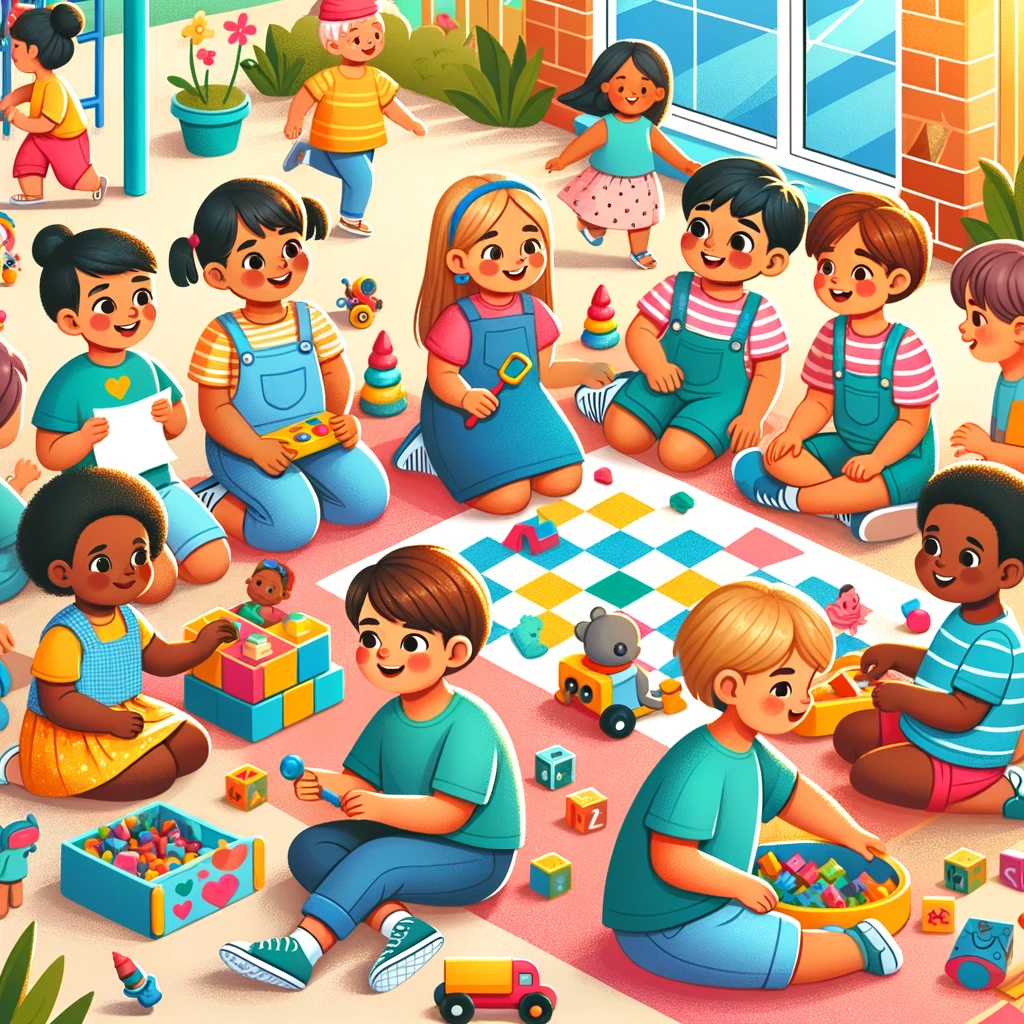When my trilingual daughter started going to the kindergarten, I faced a real problem. We used to divide our day in three parts. And we spoke a different language during each part of the day. Now she is not at home for seven hours per day. She speaks one language in the kindergarten. So we don’t have much time at home to practice two others. I want to share a few simple strategies for language boost that help me incorporate language learning into our busy schedule.
- Utilize Everyday Interactions. Take advantage of everyday moments, such as meal times, car rides, and bath times, to engage your child in conversation. Even brief interactions in multiple languages can reinforce language skills and increase exposure.
- Leverage Technology: Incorporate language-learning apps, audiobooks, and videos into your child’s screen time. Choose age-appropriate resources that offer interactive and engaging content to keep them entertained while learning.
- Create Language-rich Environments. Label household items, books, and toys with words in different languages to immerse your child in a multilingual environment. Encourage them to explore and ask questions about the labels they encounter.
- Establish Language Rituals. Set aside dedicated time each day for language practice, whether it’s reading a story in another language before bedtime or singing songs in different languages during playtime. Consistency is key to building language proficiency.

- Encourage Language Exchange. Arrange playdates or virtual meet-ups with other multilingual families. This will provide opportunities for your child to practice speaking in different languages. This not only strengthens their language skills but also fosters cultural understanding and connection.
- Embrace Multilingual Media. Expose your child to a variety of multilingual media, including books, movies, music, and TV shows. Choose content that reflects their interests and preferences to keep them engaged and motivated to learn.
- Celebrate Cultural Holidays and Traditions. Take advantage of cultural holidays and traditions to introduce your child to different languages and customs. Incorporate storytelling, cooking, and crafts from various cultures into your family’s celebrations.
- Play with language-oriented toys. There are plenty of those. They help a child to learn new vocabulary, build sentences, motivate to speak. Here are some suggestins from us: vocabulary cards, wooden matching letters, talking flash cards. You can even teach biology with toys like Montessori Human Organ Match and do many more educational activities with a bilingual toy laptop.
- Model Language Learning Behavior. Be a language-learning role model for your child by practicing languages yourself. Whether you’re learning alongside them or brushing up on your own language skills, demonstrating a positive attitude towards language learning sets a powerful example.

Even though you don’t have a lot of time to devote to learn a new language, little bits every day will still be enough for your child to master it. Incorporating language learning into a busy family’s routine doesn’t have to be overwhelming. By implementing these quick language boosts, time-strapped parents can enrich their multilingual skills. Remember, consistency and creativity are key to making language learning a seamless part of your hectic lives.



